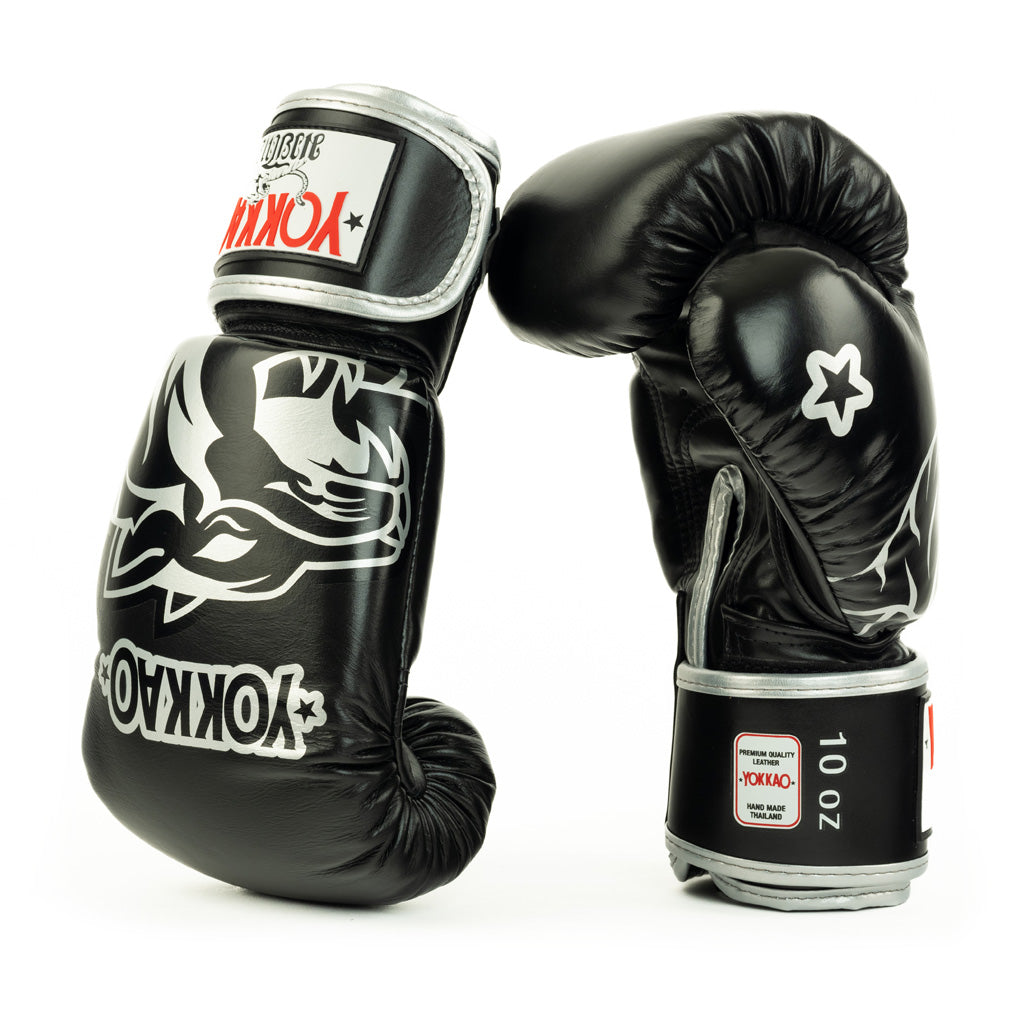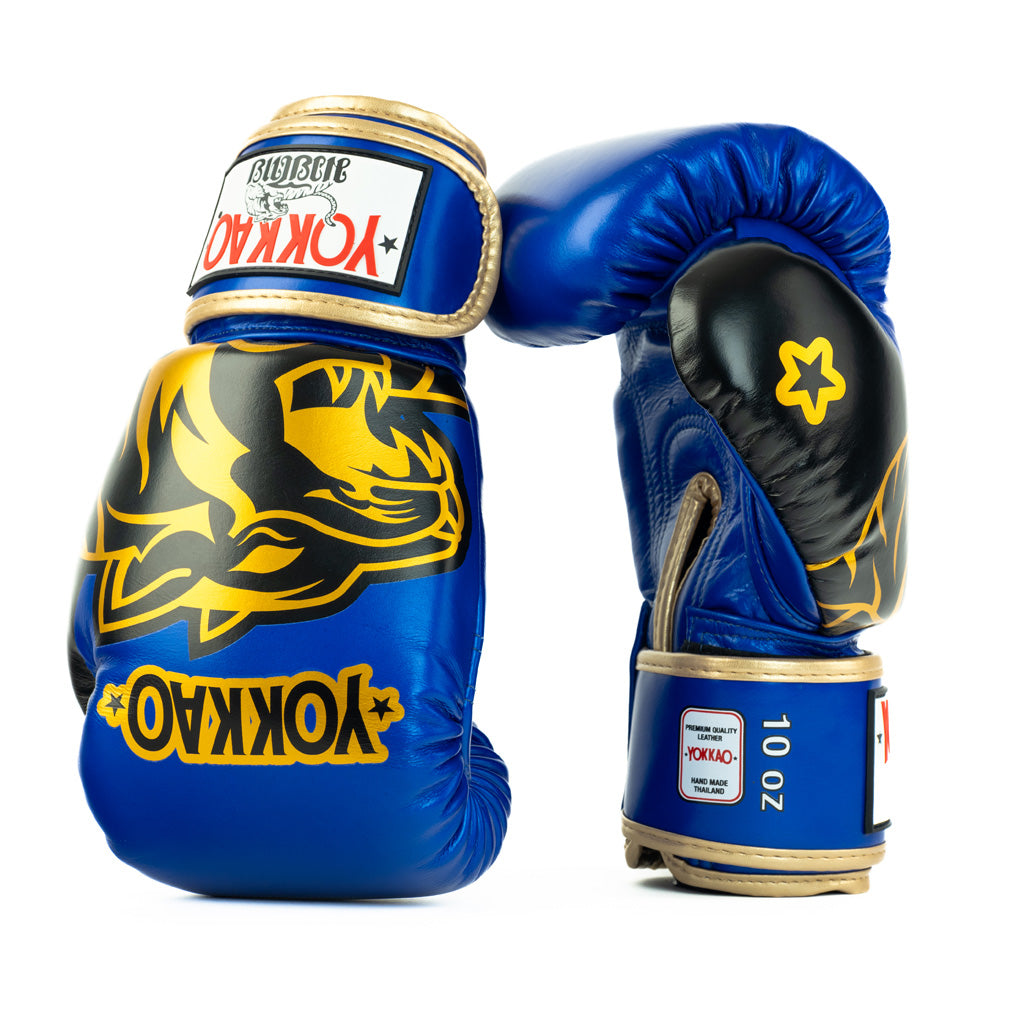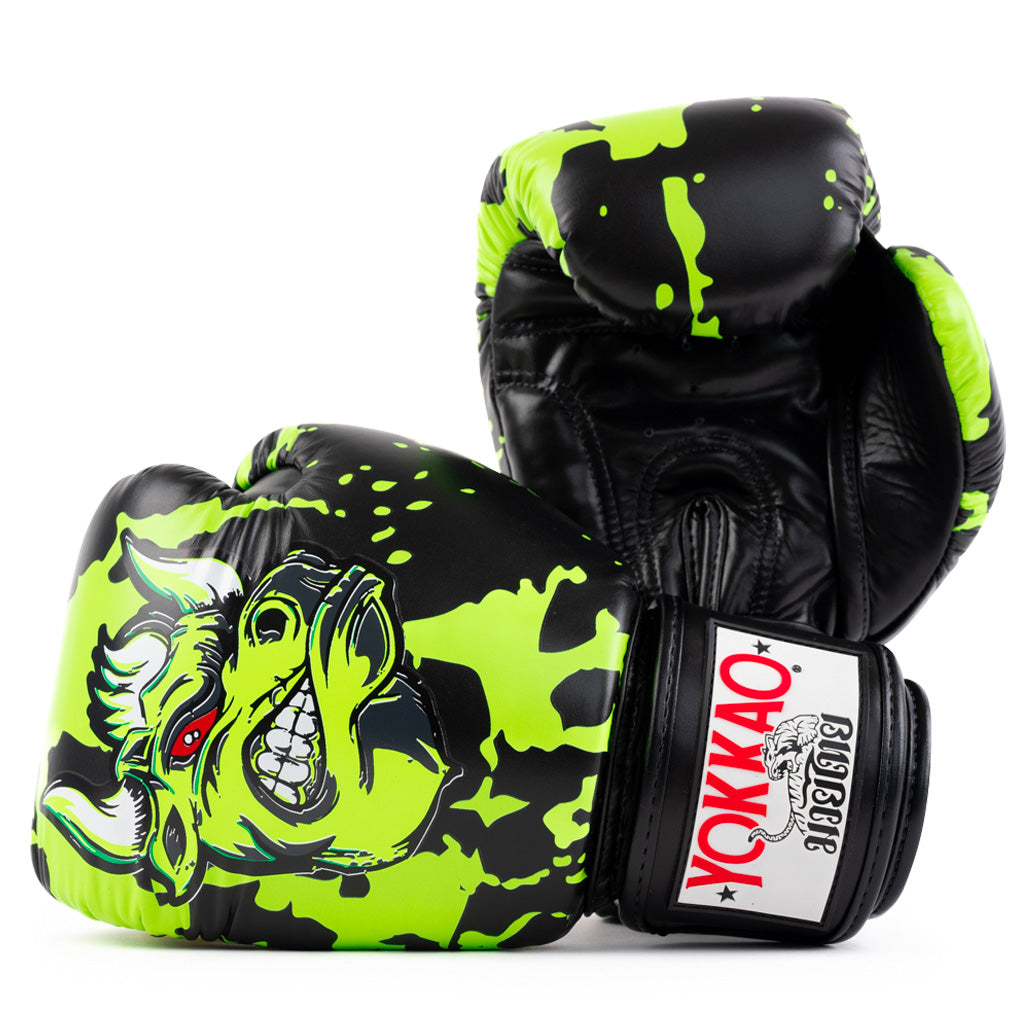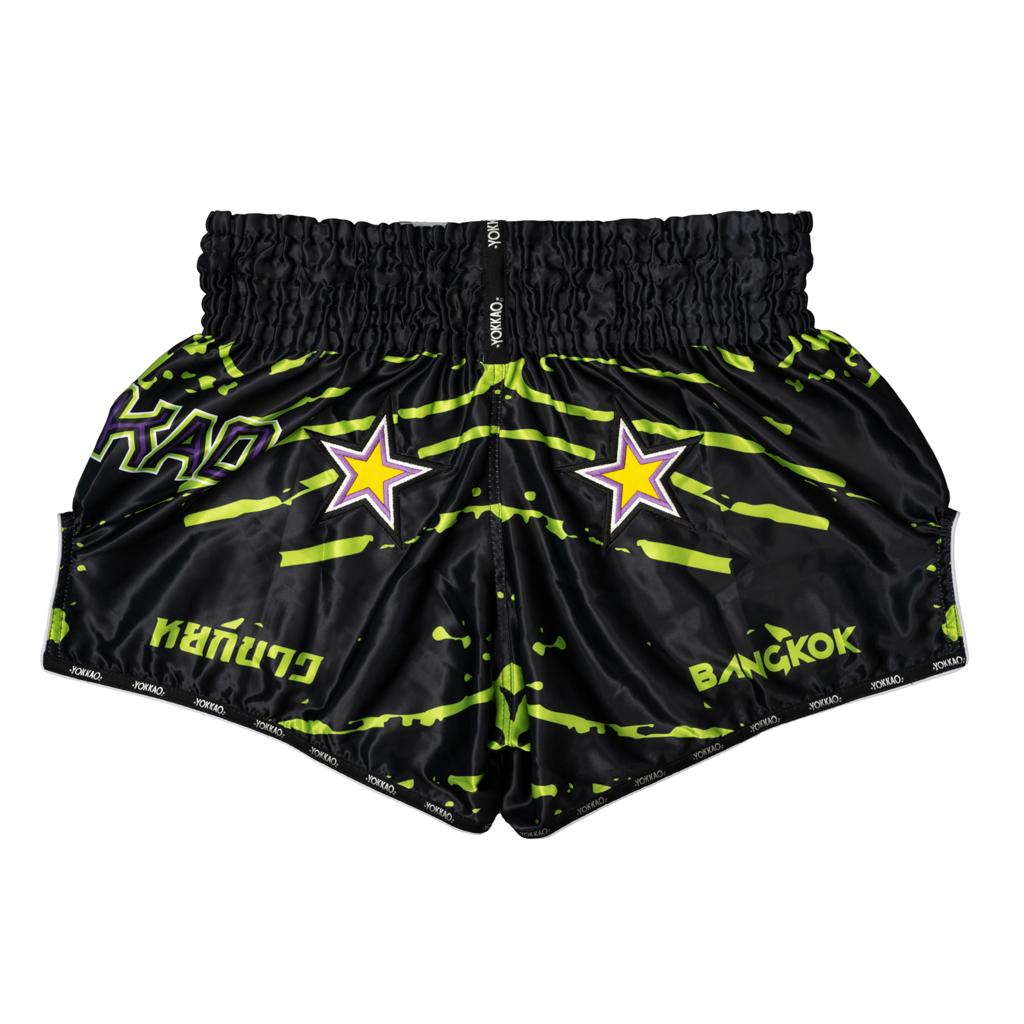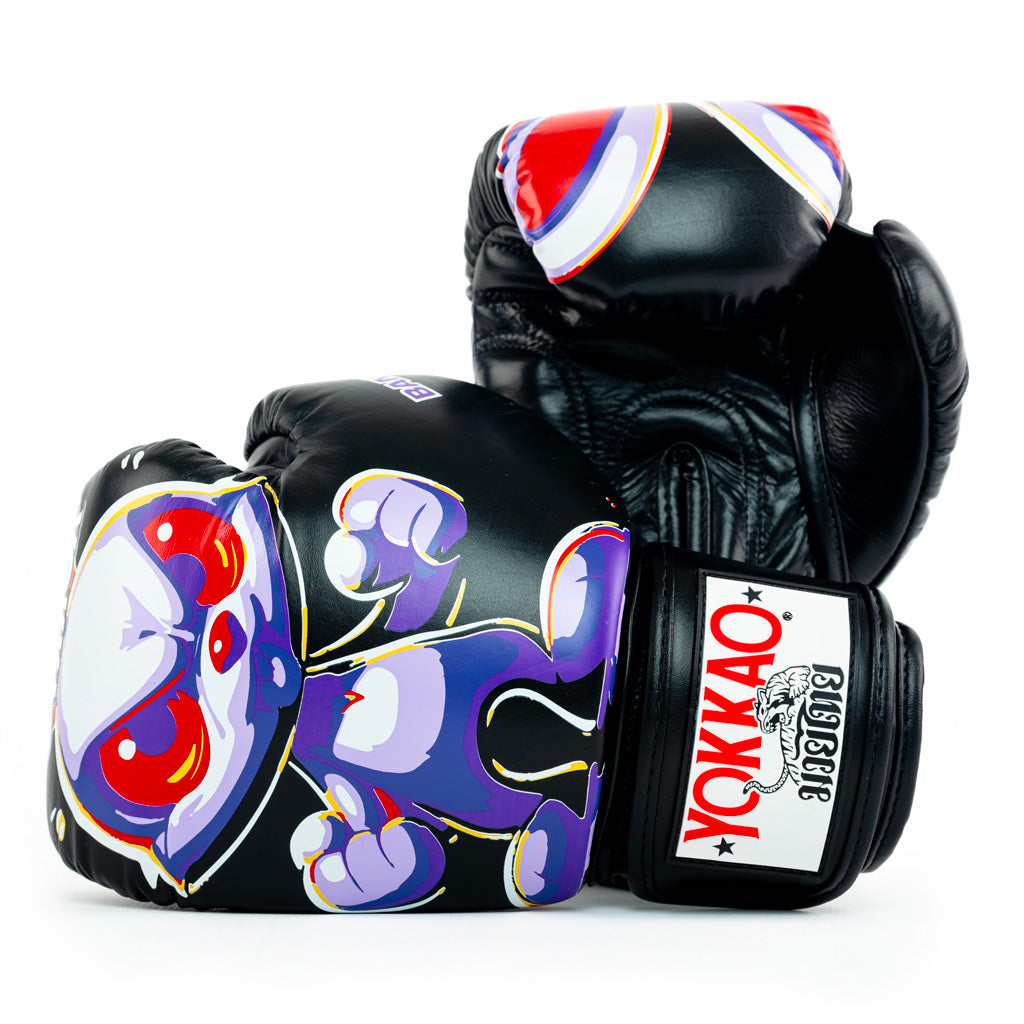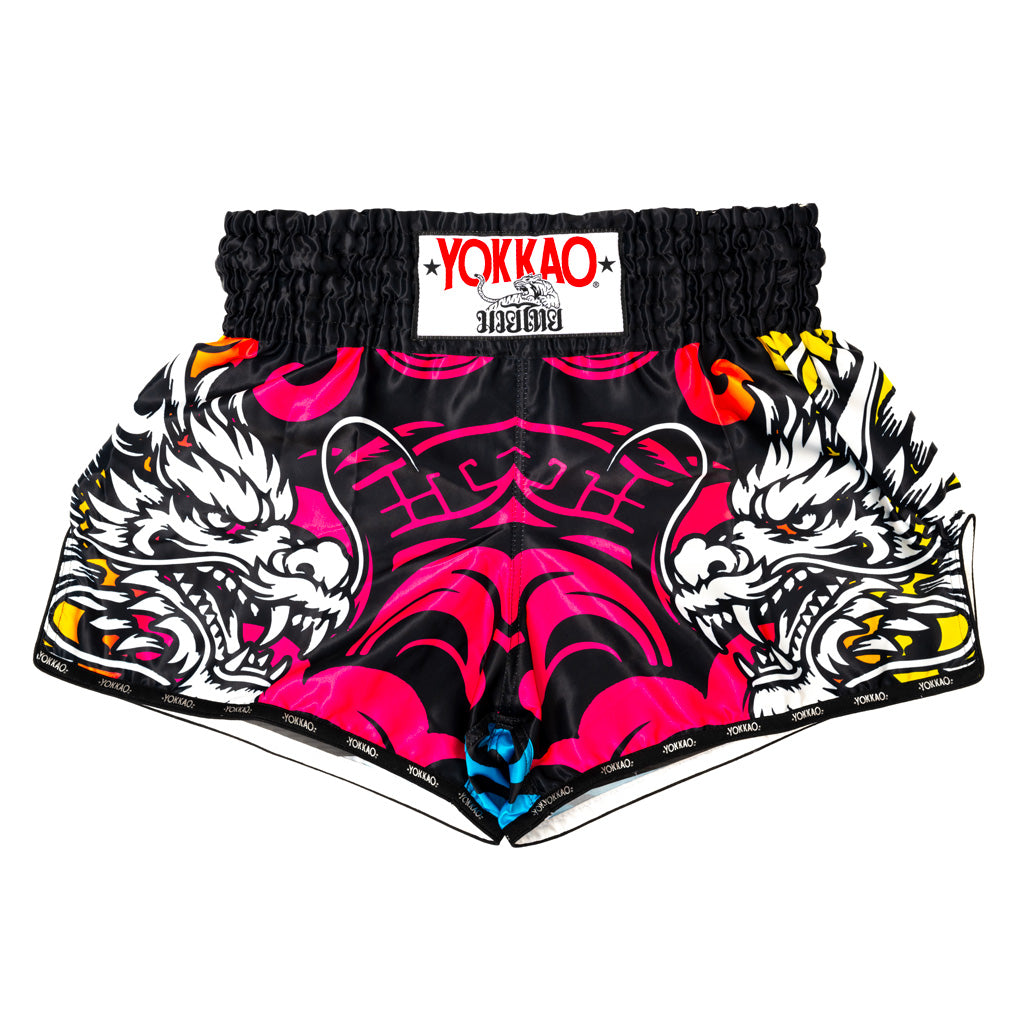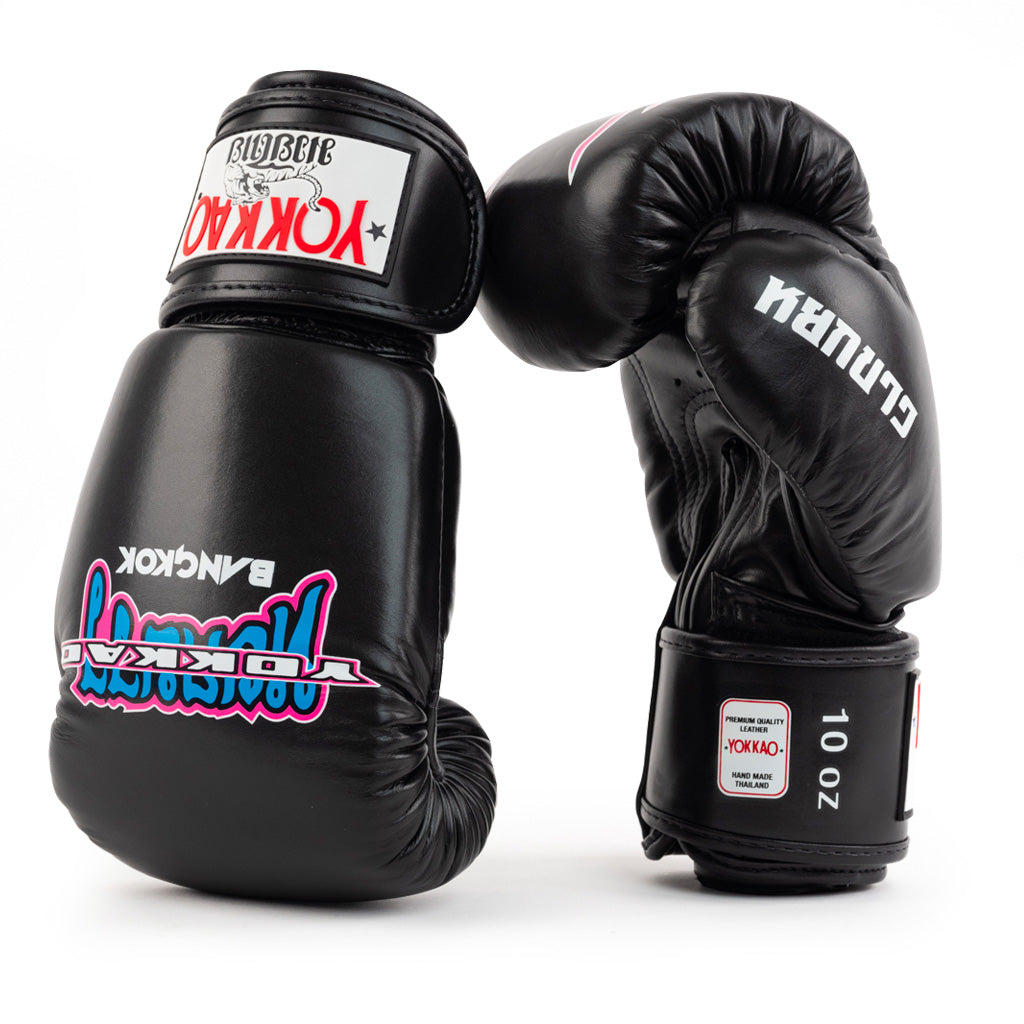5 Elements to Effective Sparring in Muay Thai

As in any Martial Art, Muay Thai is a fight form that anyone can practice. A school teacher, stock broker, soldier, or athletes from other disciplines. Muay Thai is a martial art whose founding dates well back in Thai history, a fight form that is apart of the Thai culture with elements of Buddhism that attract students from all paths of life. The one constant in a sea of fighters, beginning to spar that as a beginner is often feared. Muay Thai is a martial art and as such drills is key to training, in so, sparring is key to hand-to-hand combat, the essence of the sport.
Your daily regiment over the weeks and months of training, from running and working with pads to jumping rope hone your technique and ultimately boil down to one thing .. funneling these tools into a flowing symbiotic relationship that moves you beyond training unleashing these learned skills in a focused technique, unleashing the fighter you are. Sparring is about learning fluid movement in the rain, it is about learning and creating a relationship with your opponent, refining your ability to maintain your grounds when standing across from another. Stepping into a ring for the first time can be fearful but it always with a tinge of excitement, to be on the receiving end of kicks and punches, elbows and knees may not be the most appealing but, this is all a part of what sparring is about.
Sparring is expressing your physical form against another, moving and adapting, practicing and controlling your action and reflexes .. sparring hones your skills, you are as the Shaolin Monks of China refer to it as - the expression of your intrinsic wisdom. Not a lot of people are thrilled about the possibility of catching a kick to the face or punch to the gut, but there is techniques that in sparring can be decisive in helping you adapt to this new environment both defensively and offensively.
1. "Cha Cha" and Breath If you have been training in Thailand, you will have heard your trainer tell you "Cha Cha” which translates to "Slowly" or "Stay Calm". Manage your interior calm through breathing. Breathing is the first step, with each breath you can slow the world around you and really narrow your focus to the moment. The more tuned into your environment you are, the more prepared you are for each sparring session. Overreacting can be great set backs to your ability to maintain your ground and your overall experience, this can lead to errors and likely that kick you are defending yourself from. In sparring it is important to remember, do not throw 100% of your power behind kicks and punches. Respect your partner and remember, if you hit with full power expect the obvious consequence, you will receive full power back. Full power sparring will not help you and will not help your partner. Remaining calm keeps your heart rate slower, this reduced energy used while boosting your ability find balance, to the find fluidity in movement. Stay calm and focus your energy.
2. Divide your Session Sparring is after all another part of your training, don't think sparring is a free for all melee of everything you have learned to date. No. Focus one round on kicks only, another on clinching, then one on punching. Focusing on one form of attack is a great way to define your attack while finding more fluidity in defending from these attacks. As time goes on you will find that your ability of finding the free flow movement of attack and defense will greatly improve.
3. Keep It Simple A classic expression that pertains to much in life, keep your attack and defense simple. This is a solid rule as the standard kick, jab, punch, cross etc will make up the majority of your sparring in the ring. Most of your training is based around these standard attacks and defensive moves, keeping to what you know is a powerful tool. While creativity is important, you will find that your speed and power utilizing these standard weapons are more finely tuned than something you may seen or only tried once before.
4. Round Robin A great drill for advanced students, place a key fighter in the middle and at each bell put this key fighter up against a new opponent. This technique is clearly exhausting for the fighter in the middle but it works on training the quick evolving prowess of this fighter, it trains their ability to adapt to new scenarios and ultimately improves their endurance. This method of training works on keeping the key fighter on their toes while inducing a high stress environment, key stepping stones for entering the ring for that first fight. YOKKAO World Chapion Pakorn PKSaenchaimauythaigym spars with 4 different fighters in preparation for his fights.
5. Have a Goal As is with any steps you take in life, establish in your mind or write them down what are your short term and long term goals. What do you hope to achieve? Better precision on your round house, quicker defensive step back, maintaining better balance.
Noting these goals is important because it makes you realize what you need to work on and in realizing this, you are already beginning to focus on improving these elements of your fighting style. Post sparring speak with your opponent, team member or coach and discuss what went well, what were your strengths and you need to invest more focus into.
Focus is key, diligence paramount. Sparring for the first time like any new experience can be unsettling, but as is with having breaking fresh grounds on a new experience, it can be exhilarating! Hand-to-hand combat training in the form of sparring is an important progression from pads and general training as it builds your level of fighting. It is important to be properly prepared for sparring with the right equipment, i.e. Muay Thai Gloves, Muay Thai Shin Guards, hand wraps etc. Sparring is fun, keep it safe. Following is a video of two of YOKKAO Fight Team’s top fighters, Saenchai and Pakorn, note their technique .. their speed... note that they are having fun!













